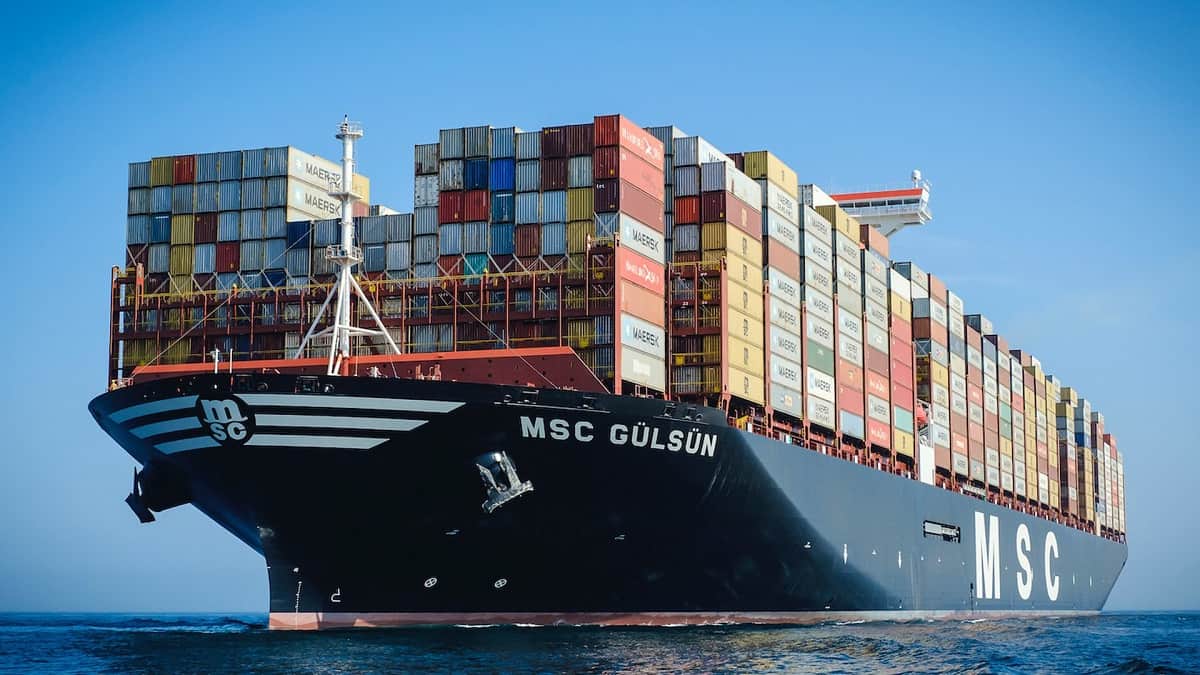Packing a 40-foot shipping container efficiently is a crucial skill for businesses involved in international trade and logistics. Optimizing the use of space not only reduces shipping costs but also ensures the safe transportation of goods. In this comprehensive guide, we will delve into the intricacies of packing a 40-foot shipping container, exploring various techniques, best practices, and considerations to achieve maximum efficiency.
- Understanding the Container's Dimensions:
Before diving into the packing process, it is essential to familiarize yourself with the dimensions of a standard 40-foot shipping container. These containers typically measure 40 feet in length, 8 feet in width, and 8.5 feet in height, providing a total volume of 2,720 cubic feet. Knowing these dimensions will help you plan and utilize the available space effectively. - Preparing for Packing:
a. Sorting and Categorizing: Begin by categorizing your goods based on their size, weight, fragility, and compatibility. This step ensures that similar items are packed together, optimizing space utilization and minimizing the risk of damage during transit.
b. Assessing Packaging Requirements: Evaluate the packaging needs of your goods, considering factors such as protection, stability, and stackability. Utilize appropriate packaging materials, such as pallets, crates, and shrink-wrap, to safeguard your products and facilitate efficient loading. - Maximizing Space Utilization:
a. Utilize Vertical Space: To fully optimize the container's capacity, stack your goods vertically wherever possible. However, ensure that the weight distribution remains balanced to maintain stability during transportation.
b. Tetris-Like Packing: Adopt a strategic approach to packing, similar to playing the game of Tetris. Fill gaps and voids with smaller items or packaging materials to prevent shifting and maximize space utilization.
c. Modular Loading: Consider using modular loading techniques, such as interlocking or nesting, to enhance stability and minimize wasted space. This method is particularly effective for irregularly shaped or fragile items. - Securing the Load:
a. Load Distribution: Distribute the weight evenly throughout the container to maintain balance and prevent toppling. Heavier items should be placed at the bottom, with lighter ones on top.
b. Securing with Dunnage: Use dunnage, such as airbags, braces, or strapping, to secure the load and prevent movement during transit. This step is crucial for ensuring the safety of both the goods and the container itself. - Compliance with Safety Regulations:
a. Weight Restrictions: Familiarize yourself with weight restrictions imposed by shipping regulations to avoid overloading the container. Exceeding weight limits can lead to penalties, delays, or even accidents.
b. Hazardous Materials: If shipping hazardous materials, adhere to international regulations, such as the International Maritime Dangerous Goods (IMDG) Code. Properly label and segregate dangerous goods to ensure compliance and safety.
Conclusion:
Mastering the art of efficiently packing a 40-foot shipping container requires a combination of strategic planning, knowledge of container dimensions, and adherence to safety regulations. By implementing the techniques and best practices outlined in this guide, businesses can optimize space utilization, reduce shipping costs, and ensure the safe transportation of goods. Embrace these principles, and you will be well-equipped to conquer the challenges of packing a 40-foot shipping container effectively.

